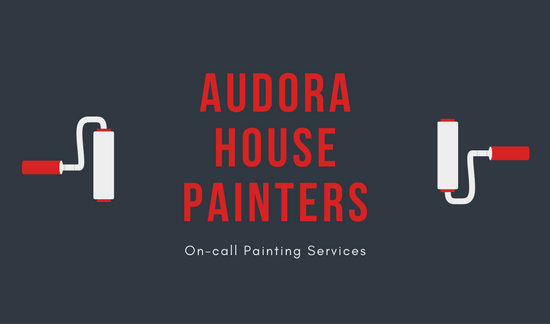Have You Ever Before Asked On Your Own Why Your Paint Job Didn't End Up As Planned? Learn About The Widespread Missteps That May Be Thwarting Your Job
Have You Ever Before Asked On Your Own Why Your Paint Job Didn't End Up As Planned? Learn About The Widespread Missteps That May Be Thwarting Your Job
Blog Article
Authored By-Grau Peck
When you're preparing to repaint your wall surfaces, it's easy to overlook some essential information that can make or damage your job. You could think picking any type of paint will certainly do, or that surface preparation isn't essential, yet these choices can result in frustrating outcomes. You'll intend to avoid common pitfalls like overwhelming your brush or rushing the drying time between coats. Comprehending these errors can save you time and effort, yet there's more to consider if you want a remarkable finish that lasts. Let's discover what you might be missing.
Picking the Wrong Paint
Choosing the right paint is critical for achieving a smooth, professional surface on your walls. If you pick the wrong kind, you'll rapidly find yourself facing concerns like peeling off, fading, or irregular color.
Beginning by considering the paint's base. Water-based paints are excellent for easy cleanup and quick drying out, while oil-based choices are suitable for longevity in high-traffic locations.
Next, think of the surface. hop over to this website finishes hide flaws well however can be difficult to clean. Satin or eggshell finishes supply a balance between looks and washability, making them suitable for most rooms.
For locations vulnerable to wetness, like kitchens and bathrooms, pick a semi-gloss or gloss paint, which resists mold and mold.
https://storage.googleapis.com/mgyb-thug/elk-horn-painting.html forget to inspect the shade. Test samples on your wall surfaces to see exactly how they look in different lights throughout the day. Illumination can significantly transform just how a color appears, so this action is vital.
Missing Surface Area Prep Work
One of the greatest mistakes home owners make is skipping surface prep work prior to paint. You may think you can just order a brush and beginning, but that'll lead to a less-than-stellar surface. Proper preparation is critical for a smooth and long-term outcome.
Initially, evaluate your walls for any type of blemishes like fractures, holes, or peeling paint. Loading those gaps with spackle or caulk guarantees an uniform surface area.
Don't fail to remember to sand the location once it's dry, as this produces a far better surface area for the paint to follow.
Next, tidy your wall surfaces to get rid of dirt, oil, and crud. An easy mix of soap and water can do marvels. If your walls are especially dirty, think about using a degreaser.
Lastly, applying a primer is frequently neglected but can significantly boost the end result, specifically if you're repainting over a darker color or a surface that's been formerly repainted.
A great primer improves adhesion and helps cover any stains.
Improper Application Methods
Using paint with the incorrect strategies can result in unequal protection and a frustrating surface. One usual error is utilizing the incorrect sort of brush or roller. Ensure you choose a device that matches the paint kind and the surface area texture. For smooth wall surfaces, a fine-nap roller works best, while textured surfaces may require a thicker snooze.
One more issue is using excessive paint at once. Instead, use thin, also coats. This not only prevents drips yet likewise makes certain much better bond. If you notice runs, do not worry-- just take a brush and smooth them out instantly.
Additionally, keep in mind to maintain a wet edge. This implies overlapping your strokes while the paint is still wet to prevent noticeable lines.
Finally, stay clear of paint in direct sunlight or high humidity, as this can trigger the paint to completely dry as well swiftly, causing blistering.
Conclusion
To sum it up, staying clear of usual painting blunders can make a substantial distinction in your job's outcome. Constantly pick the appropriate paint for the task, never skip important surface prep work, and use proper application methods to guarantee a smooth surface. Take your time in between layers and don't overload your brushes or rollers. By following these suggestions, you'll achieve a professional-looking outcome that you can be happy with in your home. Satisfied painting!
